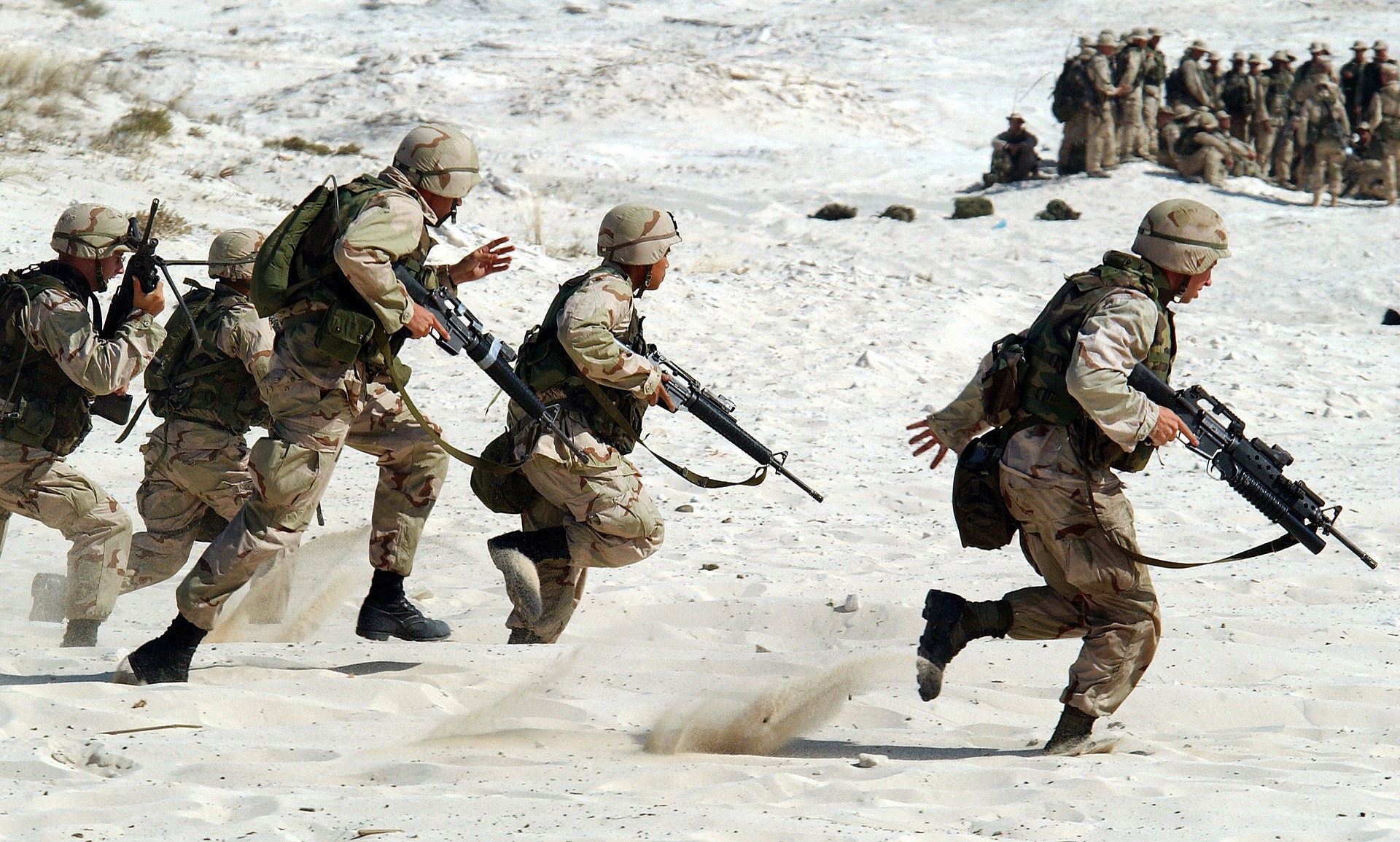TL;DR: Wargames are a great way of learning about history and the conduct of warfare on all levels (tactics, operations, strategy) in a simple, safe, easy to setup environment. This is a multi-post series that presents some wargames. This article focuses on tactical wargames. You can find the rest of the series here:
- Part 1: Introduction
- Part 2: Historical Wargames
- Part 3: Tactical Wargames
- Part 4: Operational Wargames
- Part 5: Strategic Wargames
- Part 6: Conclusion
Tactics is the lowest level of military operations, it is the art of winning battles. Tactics is applied advanced geometry coupled with chemistry and medicine. The scope of tactics can reach from mere fireteams up to whole battalions. I have chosen three games that can be a great aid in practicing and improving tactical understanding.
Combat Commander: Europe
Combat Commander: Europe (CC:E) is a card-driven board game that simulates squad-level combat on the Western Front after the Allied landings. Units are squads, weapon’s crews, and special personalities (leaders). CC:E is a great addition to, or even replacement of, tactical decision games (TDGs) and sand table exercises in an infantry setting (there are no vehicles, so the focus is exclusively on infantry). It gives the same top-down view and lends itself just as well for practicing tactics and decisionmaking without many of the drawbacks of sand table exercises. See, the main drawback of sand table exercises is that there can be a lot of talking which approach is better, but there is no real feedback. There is no testing of the proposition in a clean, secure environment. However, with CC:E tacticians can practice decisionmaking and see how it might play in a simulated environment. Furthermore, the card-driven nature of CC:E adds a flair of chaos absent in many other wargames. Radios can stop working, weapons jam or squad leaders can be just too busy with their squad to listen to your commands. This is well simulated in CC:E. Player have to factor these possibilities into the initial plan!
Learn more about CC:E here.
Tactical Combat Series
The Tactical Combat Series (TCS) by MMP is a system consisting of several games set during World War 2. Unit counter size is usually platoon and the player is a battalion-level or regimental commander. TCS is not for competitive players, the rules put a lot of trust in the players to take the correct action even if it leads to their disadvantage; i.e. Players who want to win no matter what and look for holes in the rules and creative ways of interpreting them will not lead a fun experience. The emphasis of the TCS system is on modeling command dynamics. Players draw up plans according to a set of rules, and their units have to follow the spirit of those orders until new orders arrive. TCS further simulates command delay and models differences between different command styles. For example, the Germans practice mission command, lending them much more flexibility when things don’t go as planned, whereas the Soviets don’t and therefore have to adhere to the letter of their orders. TCS teaches more about different command styles, emphasizes proper planning, and incorporates orders delay, forcing one to take it into account when planning and giving orders.
Learn more about the TCS here.
Combat Mission: Black Sea
Combat Mission: Black Sea (CM:BS) is the ultimate computer-based tactical learning tool. Designed by Battlefront, it is set during a fictional modern war between NATO and Russia in Ukraine. Independent missions range from platoon-sized engagements to battalion operations. CM:BS simulates the ground war, so player-controlled units are infantry squads, infantry weapons teams, ground-based vehicles, and on-map mortars, as well as off-map artillery and aircraft for close air support. CM:BS does have its drawbacks (for example, players have to micromanage every unit, distributed scenarios are utterly unrealistic), but it is a powerful tool for tactical learning. It simulates fog of war very well, teaches how to use your own units in a scouting role, teaches to utilize basic infantry and combined arms tactics, and lets the player practice quick decision making and intuitive decision making. Also, the implication and impact of different technologies can be investigated. For example, players can compare Russian BMPs to US Strykers. CM:BS is the single-best “game” on applied tactics, hands down.
Learn more about the CM:BS here.

Ein Kommentar